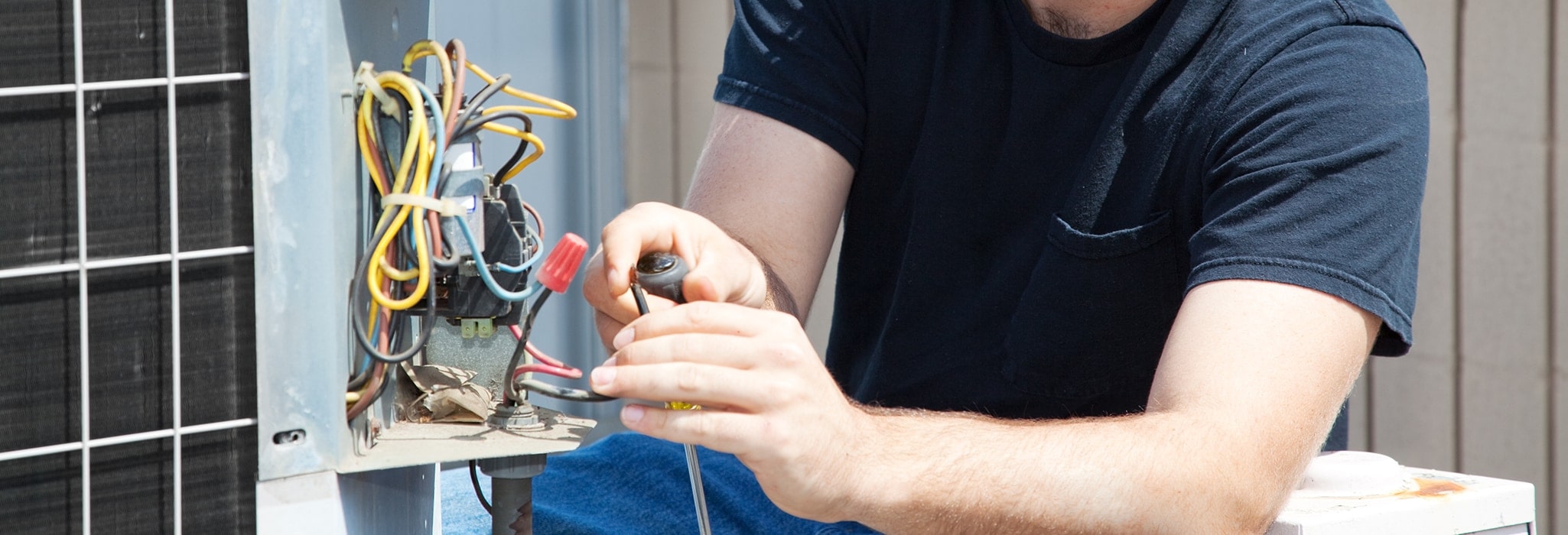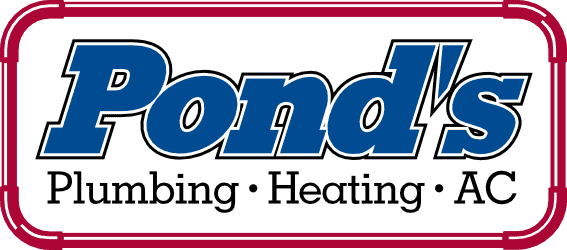Comfort Maintenance Agreement

What is it?
The comfort maintenance agreement is a program that we offer to our customers to provide maintenance on their heating and cooling equipment to keep it operating at an optimal level. Regular maintenance can help lower utility bills, improve reliability, and extend the life of your equipment. In addition, customers receive exceptional value through discounts, no service fees, and other benefits.
What we will provide
A certified technician will come to your home, tune up, and inspect the heating and cooling equipment 2 times per year. They will clean your equipment from the debris that builds up from normal operation. The technician will then tune and adjust your system to ensure it is operating at an optimal level. A comprehensive checklist is filled out documenting everything that was done, including performance data, and notes from their findings. They will also be checking your system for anything that may shorten the life of your equipment, cause excessively high utility bills, or cause any safety concerns.
Benefits
- Priority customer status
- 10% Discount on repairs
- No Service call fee
- Discounted after hours rates
- Monthly payment plans
- Lower utility bills
- Improved reliability of equipment
- Extended equipment life
- Fewer equipment
- repairs
- Safe equipment operation
- Outstanding service from an expert Pond’s technician
Maintenance Checklist
Heating
- Replace/ Clean air filters
- Clean burners
- Clean condensate traps & drain lines
- Clean and adjust ignition assembly
- Clean combustion air screen
- Check thermostat and settings
- Inspect heat exchangers
- Check vents and flue pipes
- Check safety controls
- Check blower motor & wheel
- Check burner operation and insure proper draft
- Check & measure combustion * Measure O2 levels
- Measure CO2 levels * Measure CO levels
- Check voltage supplied to the unit
- Check blower motor & inducer motor amps
- Measure temperature rise
Cooling
- Replace/ Clean air filters
- Clean condensing unit
- Clean and check condensate drains
- Check and calibrate thermostat
- Check evaporator coil
- Check blower motor and wheel
- Inspect electrical components & tighten connec- tions
- Check safety controls
- Measure duct system pressure
- Visual check for refrigerant leaks
- Check and measure motor capacitor
- Check and measure refrigerant temperature and pressure to determine proper charge
- Check and measure compressor voltage
- Check and measure compressor amps
- Measure temperature difference
